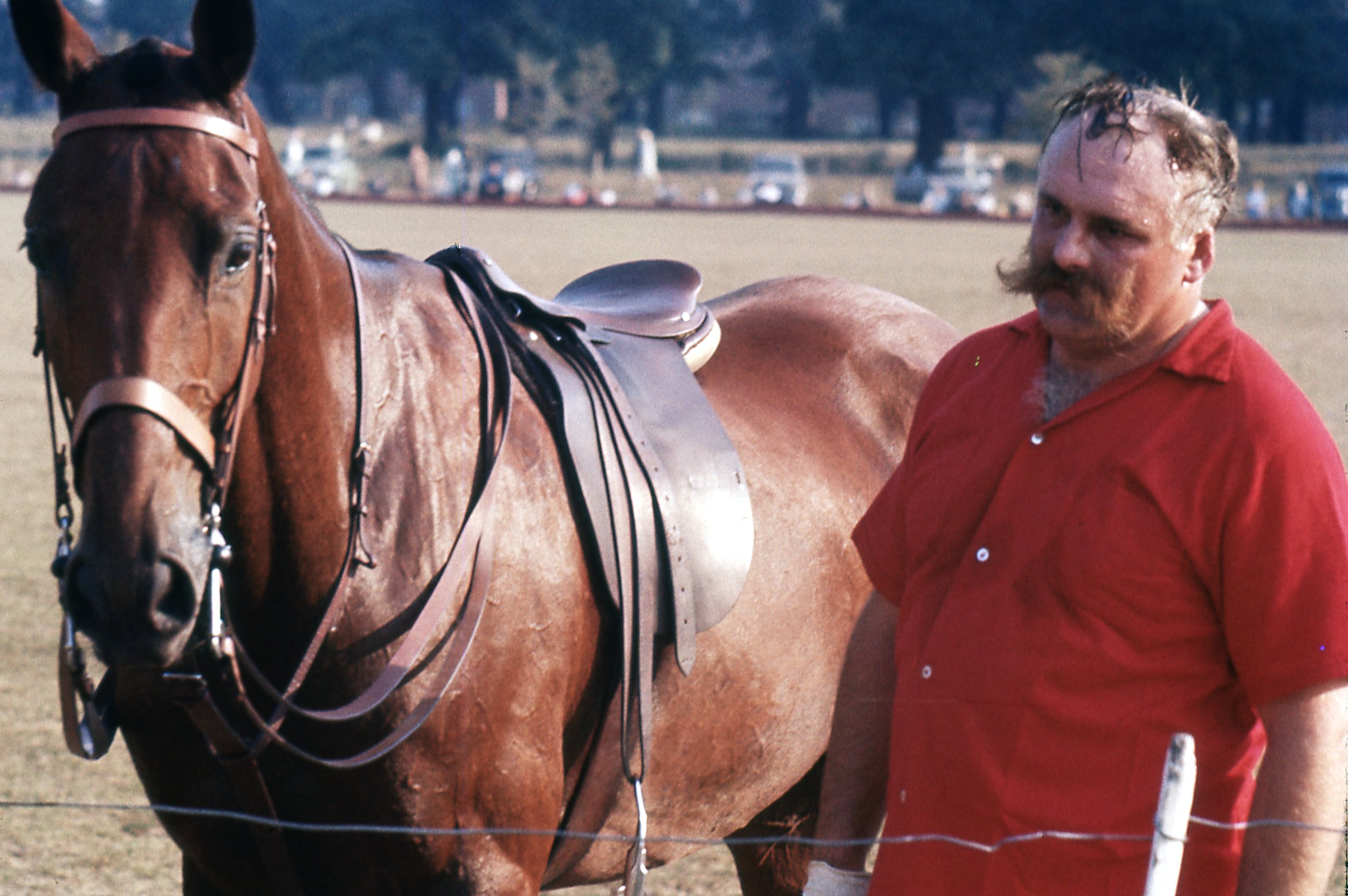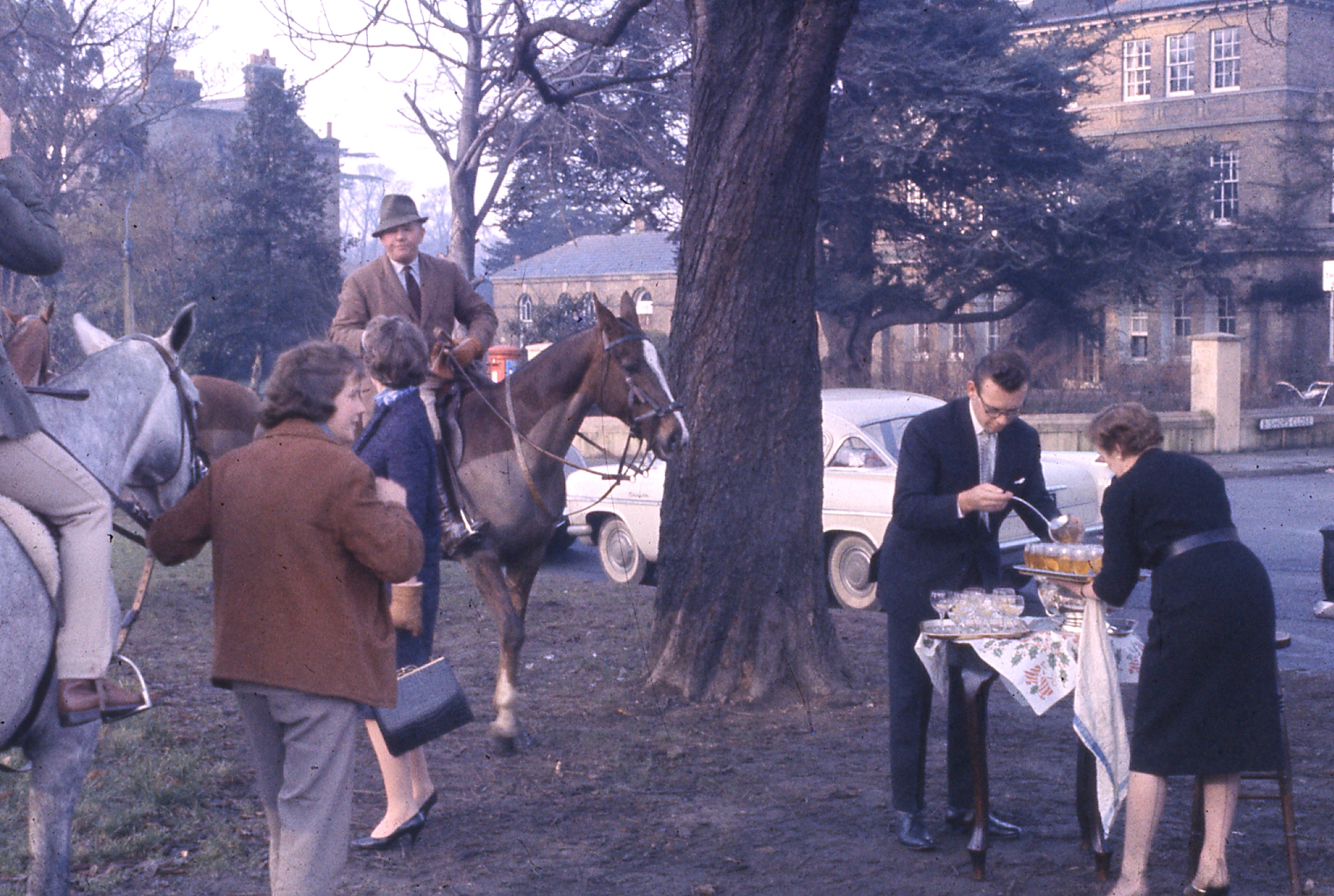
The History
of
Ham Polo Club
Ham Polo Club is the last remaining of the many clubs that existed as satellites to London's 'Big Three' – Ranelagh, Hurlingham, and Roehampton. The club began life as the Ham Common Polo Club in 1926, with one full sized ground and two smaller grounds. The first ground was next door to Brown Gates House, Church Road, Ham Common, home of the first chairman, Loftus Storey.


The full-sized ground lay between Richmond Gates and Sheen and a regular coach there was Johnny Traill, the first Argentine 10 goaler, who lived at nearby Roehampton. Ham Common Polo Club, together with Stoke d'Abernon and clubs such as Worcester Park, Kingsbury and Crystal Palace, was ideal for Londoners who did not compete in the major tournaments at the 'Big Three' but who played for the fun of the game. The 1939 season was necessarily the last for the next six years.
The club continues to play polo between May and September, managed by Lucy Dowie and Manuel Perez, the current President is Geoffrey Godbold. The club's Chairman is Howard Davis who is a long standing player at the club and local resident in Petersham.
The first post-war English polo tournament was held at Roehampton in 1947 and the Ham Polo Club team carried off the premier trophy the Roehampton Cup (now played for at Ham). Three years later the club began using a field adjacent to Ham House for matches. Then in 1954, George Stevens, The Dysart families tenant at Ham House Farm agreed to turn the Ham House orchard into a polo field for the club.
Ham was revived in 1946 by William Francis Walsh (1907–1992), known universally as Billy. On returning from service in the Army Billy found that Capt. Tom Brigg, the owner of the stables where he had worked, had died and the stables were on the market. Using his gratuity Walsh bought the stables and revived Ham Polo Club under HPA rules. It is widely believed that Lord Cowdray, Arthur Lucas and Billy Walsh were the trio who rescued polo in the United Kingdom after the war.
Join us in writing the next chapter in the story by joining today!
